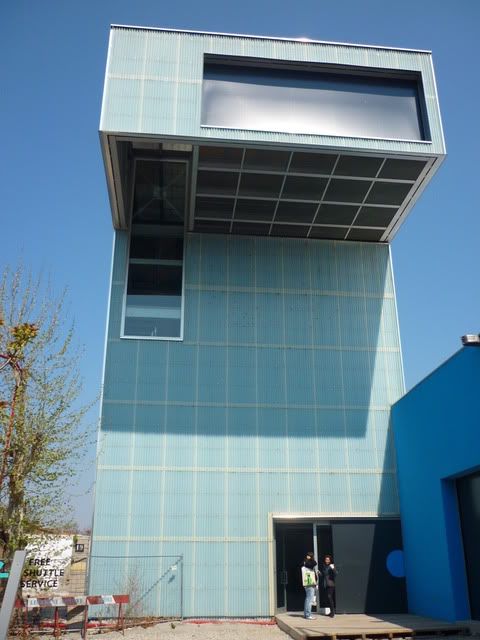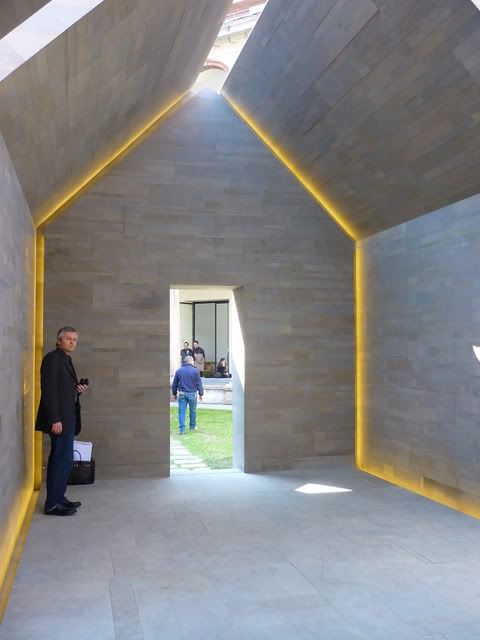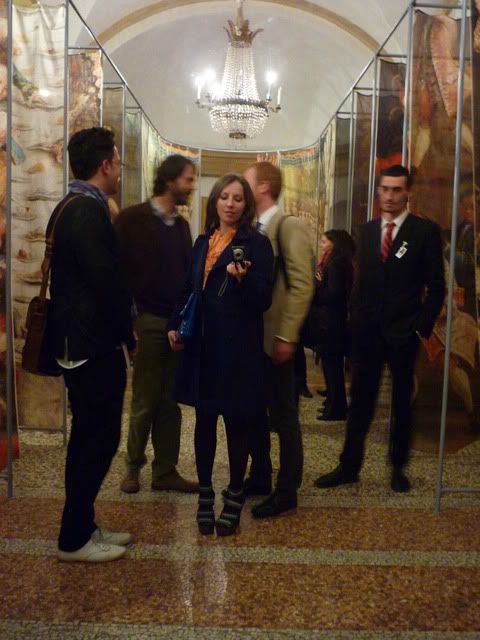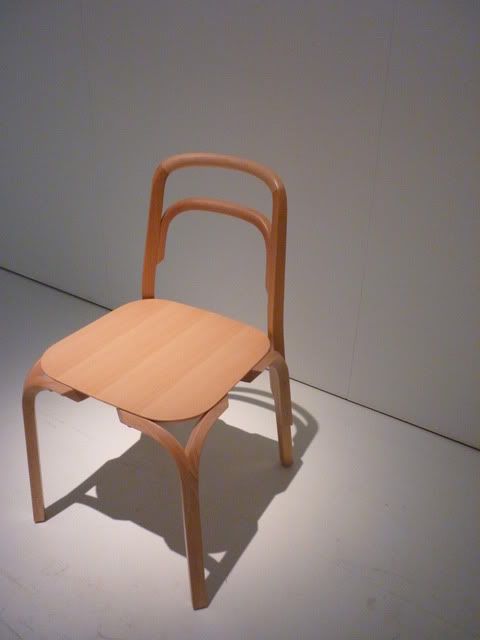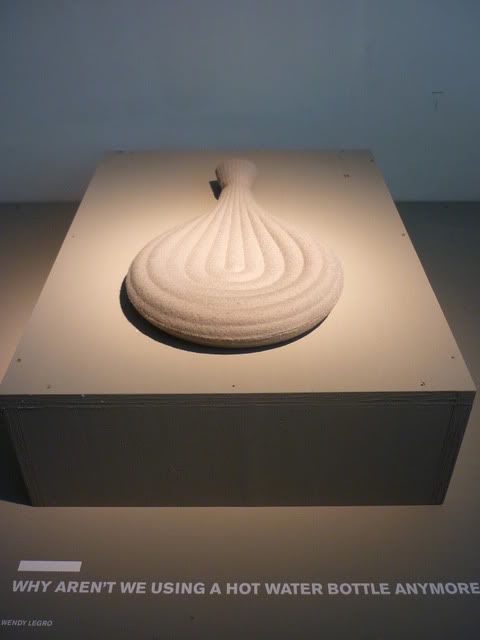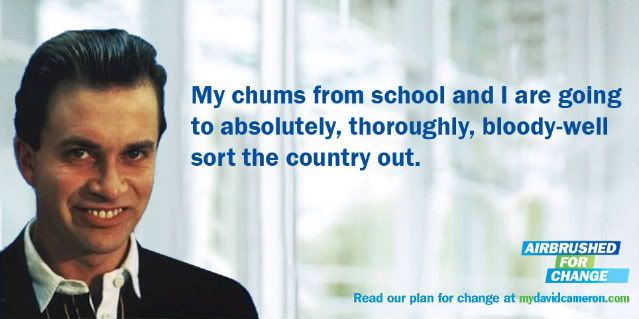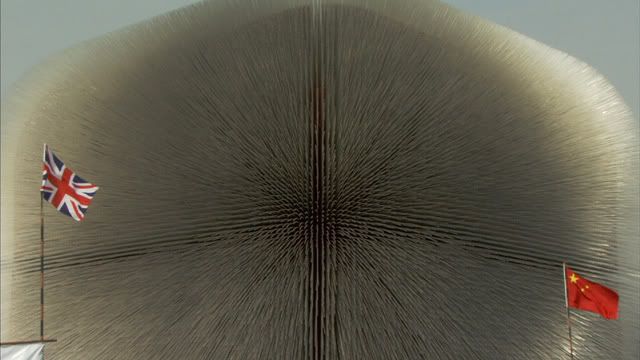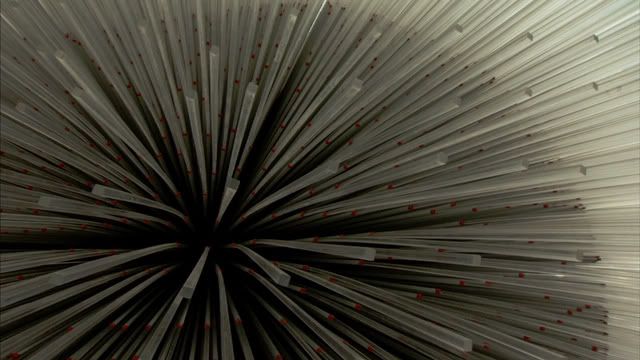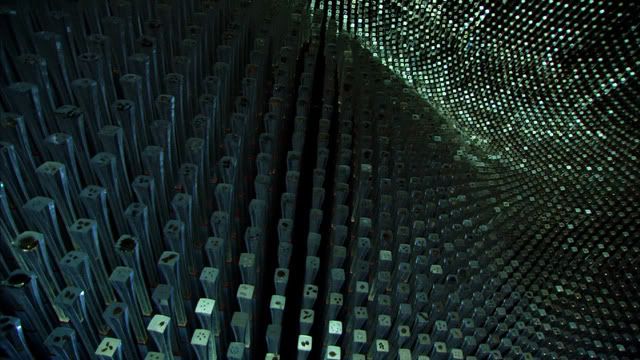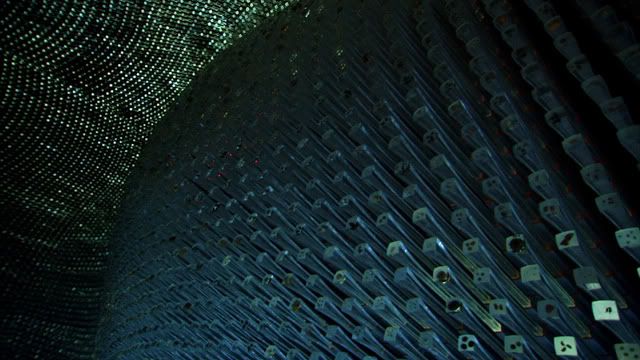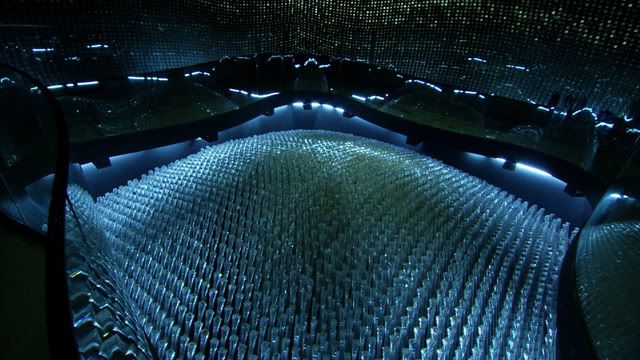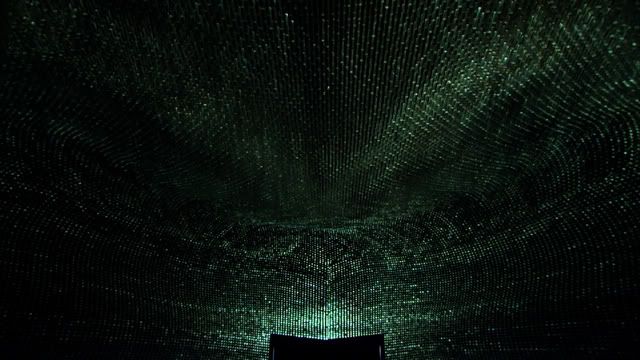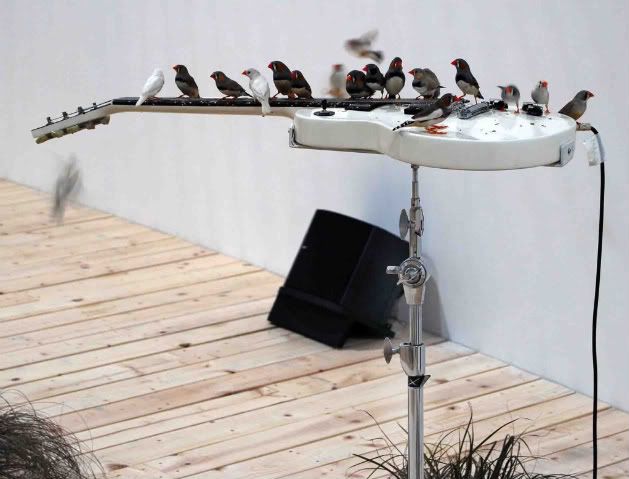
photo - Galerie Xippas
I’ve strolled down a couple of beach-side moonlit boardwalks in my time, but never – at least not in my waking hours – have I encountered a flock of zebra finches playing electric guitar at the end of one. French artist Céleste Boursier-Mougenot’s marvellous installation in London’s Barbican Centre shows me what my seaside promenades have been missing.
The sandy boardwalk opens up from the night-time scene to reveal a large make-shift aviary installed in the gallery. But instead of trees, the finches perch on guitars with large cymbals, which serve as food and water dishes. Both are fitted with microphones and connected to amplifiers so that each movement of a bird on an instrument is transmitted throughout the space with perfect clarity.
The experience is utterly enchanting: zebra finches aren’t exactly wildlife, but it is still remarkable to be able to spend so much time looking at them up close.Then there’s the matter of the soundscape itself, which resembles something that the efforts of a sun-averse teenage boy might produce after endless hours of tinkering with a loop machine alone in his bedroom at two in the morning. The finches chirp incessantly. Sometimes they sound more like mewling kittens than birds. It’s all rather strange. Combined with the arresting, minimalist, syncopated rhythms of the guitars and basses – often scratchy, but regularly emitting sustained harmonic tones – it was difficult to believe it was only the random movement of the birds, claws scratching, beaks sharpening, take offs and landings, producing the music.
But what can Boursier-Mougenot’s installation say about music, about sound, about random interactions within a well-constructed environment, let alone about space and architecture? Standing there listening to the bird music, I thought about how the installation was the sort of experience that would give Bernard Tschumi nightmares. Tschumi’s well-known edict that ‘any relationship between a building and its users is one of violence’ is almost precisely the opposite of the dialogue between space and user (even if ‘users’ here means both man and bird) occurring in Boursier-Mougenot’s installation. Strip away the artist speak and press jargon and you’re left with the rather profound problem of chance and variability, of how even the most well-structured environment changes depending on its users.
Boursier-Mougenot’s work allows us to see that this is not about the conflict between beauty and utility or an antagonism between designer and user, but about theory and practice, intentionality and actuality. It’s about engagement as that intangible quality which brings a piece of work into the public consciousness, not as a practical problem to be overcome. The essential point is that we can only control so much. You can construct an exhibition or build a building, but chance and user interaction are the metaphorical cherries on top of a complete and fully realised project. Even outside Boursier-Mougenot’s installation, music means nothing in an acontextual environment – it must be listened to and responded to in order to take its place in society. In this case, though the music is created by the random engagement of zebra finches on guitar strings, it doesn’t make the strength of the concept and the structure of the installation any less important.
Architects can attempt to structure the flow of activity through a space, but cannot control the engagement of each individual with that space. Who really knows how people will interact with a building until they do. Like Boursier-Mougenot’s installation, the built environment is complex web of interactions between designers’ intentions and the reality of users’ actions. Without wanting to lessen the importance of these intentions, sometimes the only thing to do is stand around watching birds play guitar. But there’s beauty and inspiration to be found in doing just that.
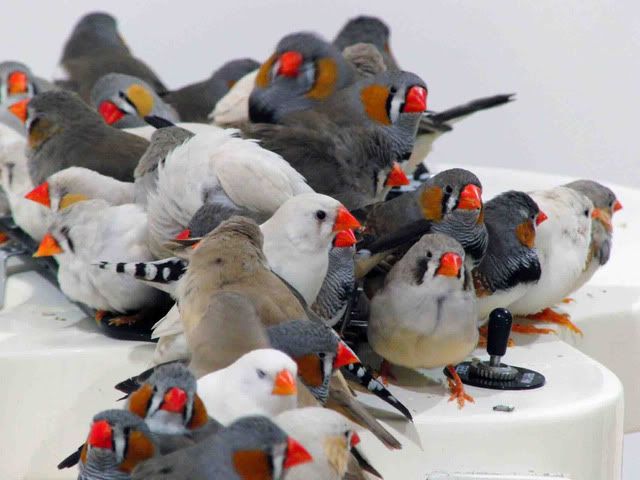
photo - Galerie Xippas
Céleste Boursier-Mougenot - at the Barbican until 23 May








